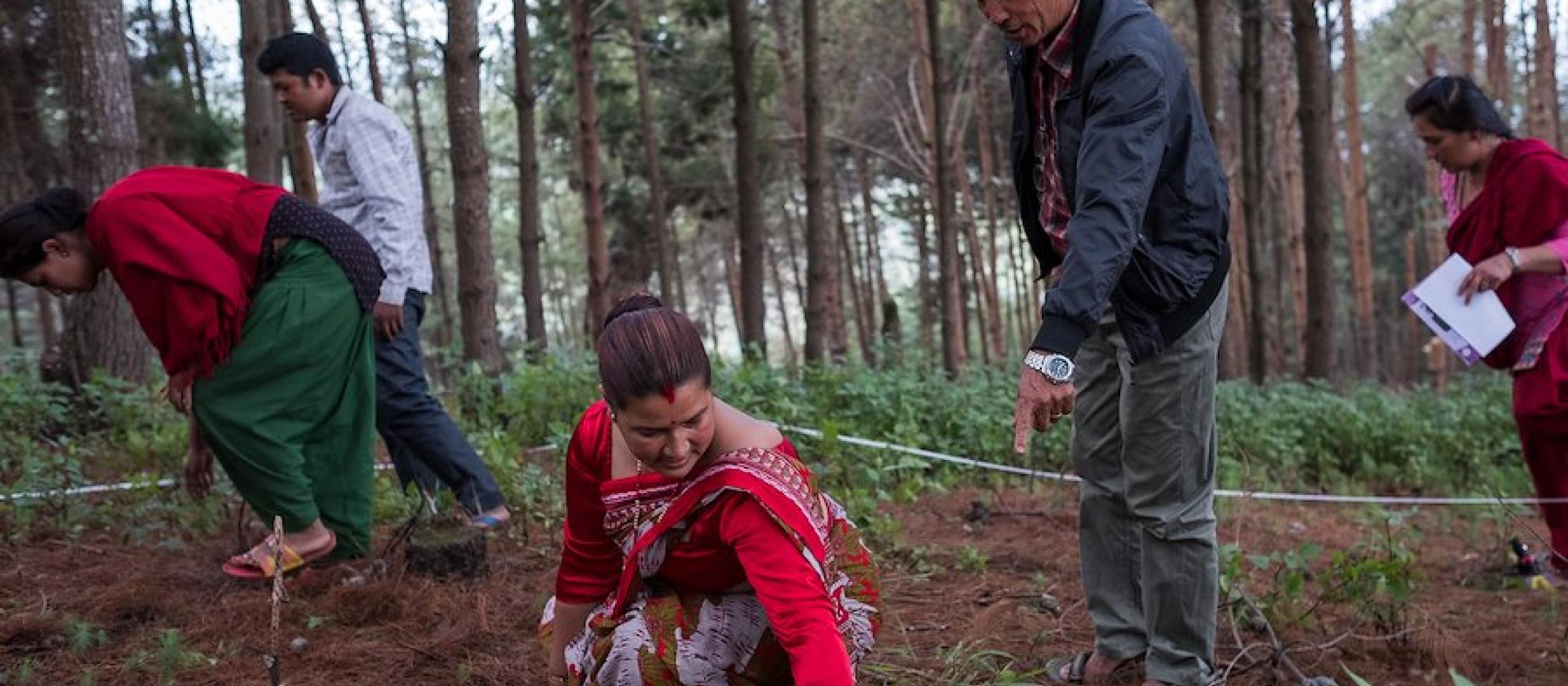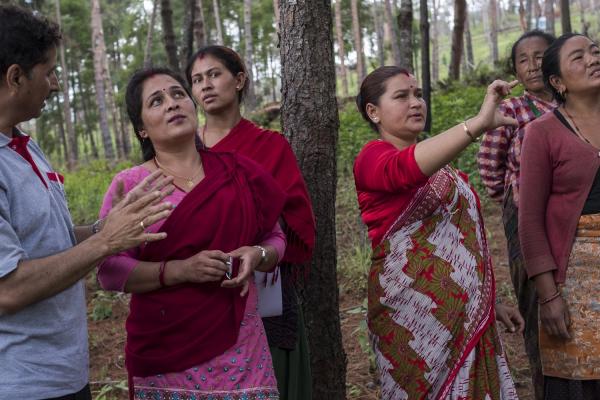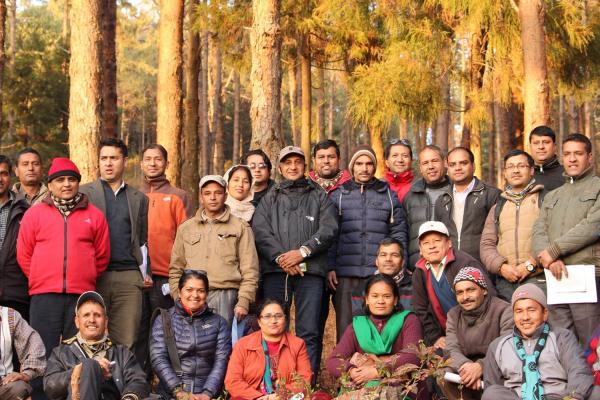- HomeHome
-
About ACIAR
- Our work
- Our people
-
Corporate information
- ACIAR Audit Committee
- Commission for International Agricultural Research
- Policy Advisory Council
- Agency reviews
- Executive remuneration disclosure
- Freedom of information (FOI)
- Gifts and benefits register
- Information publication scheme
- List of new agency files
- Contracts
- Legal services expenditure
- Privacy impact assessment register
- Commonwealth Child Safe Framework
- Benefits to Australia
- Careers
- 40 years of ACIAR
-
What we do
- Programs
- Cross-cutting areas
- Resources
- Where we work
-
Funding
- Research projects
- Fellowships
-
Scholarships
- John Allwright FellowshipScholarships to study in Australia for ACIAR partner country scientists to have Australian postgraduate qualifications
- ACIAR Pacific Agriculture Scholarships and Support and Climate Resilience Program
- Alumni Research Support Facility
- Publications
- News and Outreach
Date released
29 June 2018
Smallholder and community forestry is pivotal to keeping pace with the world’s ever-growing demand for timber. ACIAR’s work in Nepal is enhancing the effectiveness of household agroforestry systems and community forests, generating livelihoods and improving food security.
With more than half of its population living in poverty, Nepal is one of the world’s poorest nations. According to the World Health Organization, 13% of the population is undernourished, while 40% of children under five suffer from stunted growth. Despite forty-five percent of Nepal being covered by forests and two-thirds of Nepalese living off agroforestry, the forests are not properly managed. The inability of Nepal’s forestry systems to provide food security has also been attributed to low productivity, limited marketing opportunities, and inequitable centralised planning and service delivery.
Since 2013, an ACIAR project, known as EnLiFT, has brought together researchers from two Australian universities, the World Agroforestry Centre in Indonesia, and some Nepalese non-governmental organisations (NGOs) to work with Nepalese farmers and community forest user groups on the science of forestry, known as silviculture. The project’s overall aim has been to enhance the capacity of household agroforestry systems and community forests to generate livelihoods and food security in the mid-hills region of Nepal. Now in its fifth and final year, the project has been a major ACIAR success, having achieved all its scheduled outputs.
SUCCESS STORY
Working with 300 participant farms and 30 community forest user groups across six village sites in the districts of Kabhre Palanchok and Lamjung, the EnLiFT project sought to improve agroforestry systems, and also to find practical and profitable alternatives for under-utilised land. Despite considerable obstacles, including a magnitude 7.3 earthquake in May 2015, which was regarded as the worst natural disaster to strike Nepal since 1934; a protracted fuel blockade; and widespread drought in 2015/16, EnLiFT has succeeded on multiple fronts.
First, the project implemented a market chain appraisal of agroforestry products. By training farmers to develop business plans for their products, and promoting nurseries and demonstration plantings, the researchers were able to accurately document the barriers to commercialisation of agroforestry. Second, by opening up dialogue with farmers and local communities, EnLiFT was able to better understand the links between regulation, institutions, and community forest planning, which in turn improved the relationships with private and public sectors. Third, by running participatory silvicultural demonstration plots and field days, the researchers were able to better assist communities to harvest trees in more active and sustainable ways.
CULTURAL CHANGE
A key impact of the EnLiFT project was to change Nepalese cultural attitudes to silviculture techniques through demonstrations of active management and thinning of community forests.
At the project’s outset, there were strong misgivings about scientific forest management by government officials and some community user groups, who felt that cutting trees was detrimental to forests and would lead to extensive public outcry. In Nepal, both politicians and the media are critical of tree cutting. Government forest policies and local institutions are also highly conservative, which makes it difficult for rural people to improve their livelihoods through the commercial utilisation of forests. However, the EnLiFT team’s demonstration plots showed that active silviculture practice was possible if participatory processes were used and proper technical and regulatory measures were in place. Ironically, project leader Dr Ian Nuberg claims that the devastating 2015 earthquake actually helped fast track the project because the huge demand for timber for reconstruction opened up access to harvest forest plantations that were previously under strict government control. Most of these forests had been established in the 1980s for the benefit of local communities with support from an Australian aid project, so it is wonderful to see the mature forests now providing significant livelihood benefits to people.
EnLiFT stakeholders are now sharing their positive experiences with other forest users who are interested in improving their own forest management. Significantly, several extension activities held at the demonstration plots have also opened the door for the active involvement of women in forest management. The growth of high-value, low-maintenance cash crops such as cardamom on the forest floor has made a significant difference to women supporting their families, and also starting their own enterprises. ‘It’s really heart-warming to see the impact on people’s incomes and lives straight away,’ said Dr Nuberg.
The EnLiFT team has been hugely successful in demonstrating the value and relative ease of improved silvicultural management to community forest users and government officials. The researchers have now been invited by the Nepalese government to scale-up activities from plot-level demonstrations to whole-forest management. Such silvicultural promotion and training, as well as the development of equitable small-scale forest entrepreneurship models, will be the focus of follow-on ACIAR project beginning in mid-2018.





